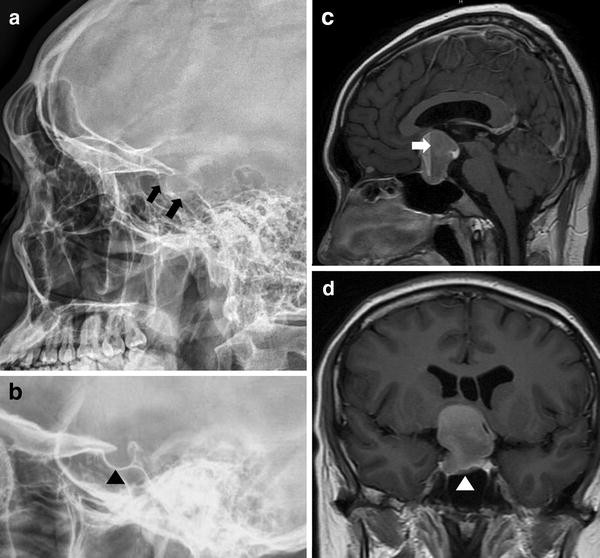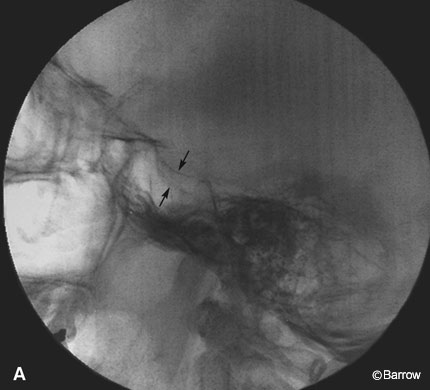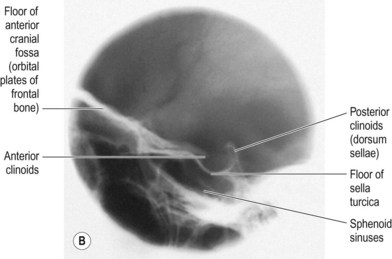The sella turcica latin for turkish seat is a saddle shaped depression in the body of the sphenoid bone of the human skull and of the skulls of other hominids including chimpanzees orangutans and gorillas it serves as a cephalometric landmark the pituitary gland or hypophysis is located within the most inferior aspect of the sella turcica the hypophyseal fossa.
Double floor of sella turcica.
1 autopsy studies confirm the high disease prevalence reported to be 5 5 to 20 of the general population.
32 patients 15 9 had oblique anterior wall.
17 individuals 8 5 had pyramidal shape of the dorsum sella 3 irregularity in the posterior part of the sella turcica.
Sella turcica in the superior aspect of the sphenoid bone.
Anatomically the sella turcica has been expressed as variable.
The buildup of spinal fluid squashes the pituitary gland flat so it looks like your sella turcica is empty.
Sella turcica resembles as saddle like depression which provide place for the pituitary gland.
Lateral skull radiograph showed enlargement of the pituitary fossa and uneven bony structure of the sella turcica with poor alignment of the anterior fossa and sphenoid wings so called the double sellar floor sign fig.
Magnetic resonance mr t2 weighted sagittal image of brain demonstrates a tumor 2 8 cm 2 8 cm 3 8 cm.
Sella sel ah l a saddle shaped depression.
Miller keane encyclopedia and dictionary of medicine nursing and.
Empty sella see empty sella syndrome.
Ballooned sella with an undercutting anterior clinoid process unequal downward displacement of the floor double floor appearance craniopharyngioma.
Rarely can cause sellar enlargement if reaches large.
2 not surprisingly many patients.
Figure 1 2 saddle like depression which is sella turcica.
Elongated sella with short curved dorsum is characteristic but more often indistinguishable from the pituitary lesions.
The secondary common type was double contour of the floor of sella turcica seen in 46 patients 22 9.
Sella tur cica a depression on the upper surface of the sphenoid bone lodging the pituitary gland.
It is divided into three fragments and consists of an anterior wall a floor and a posterior wall.























